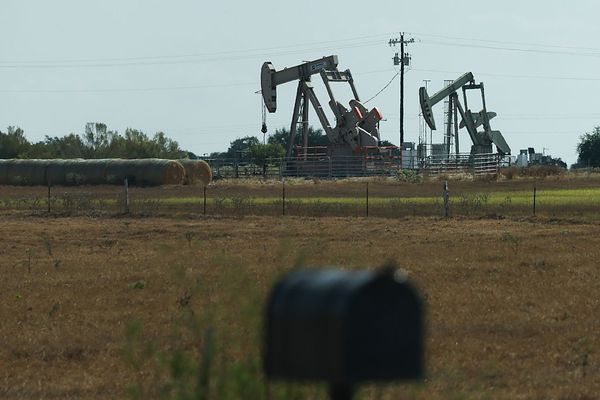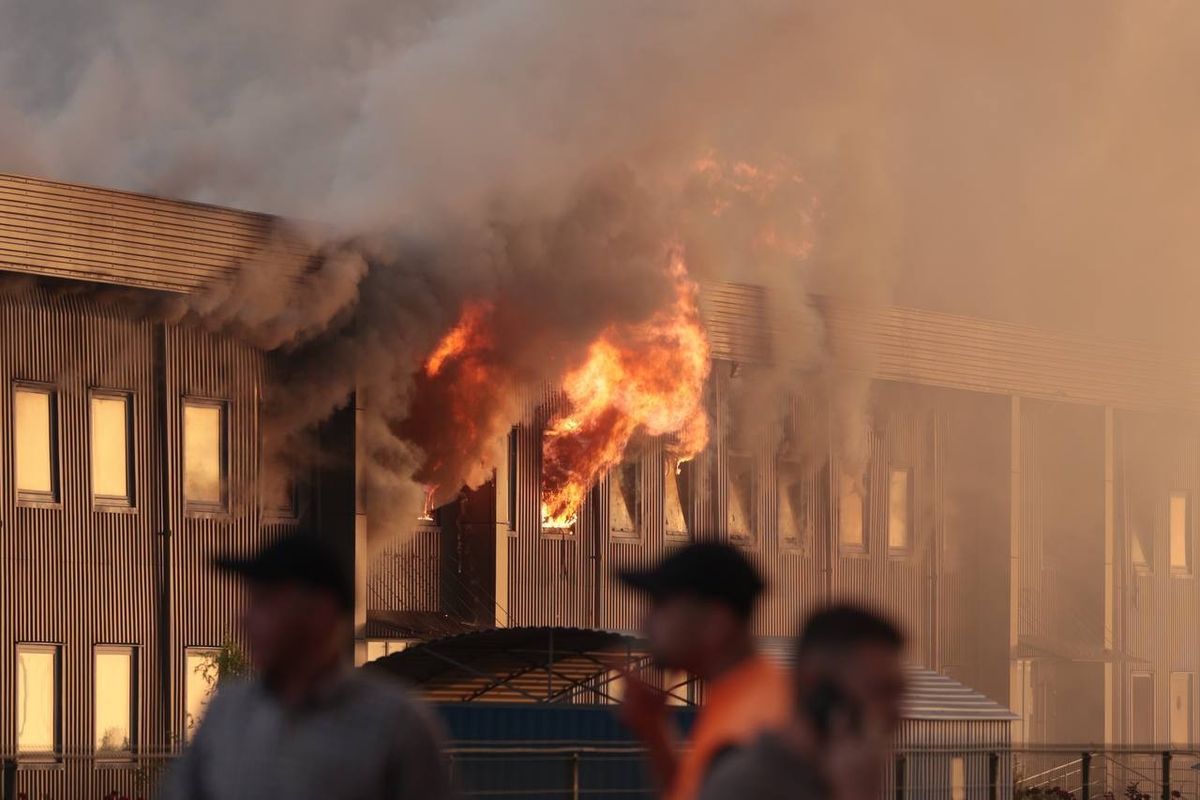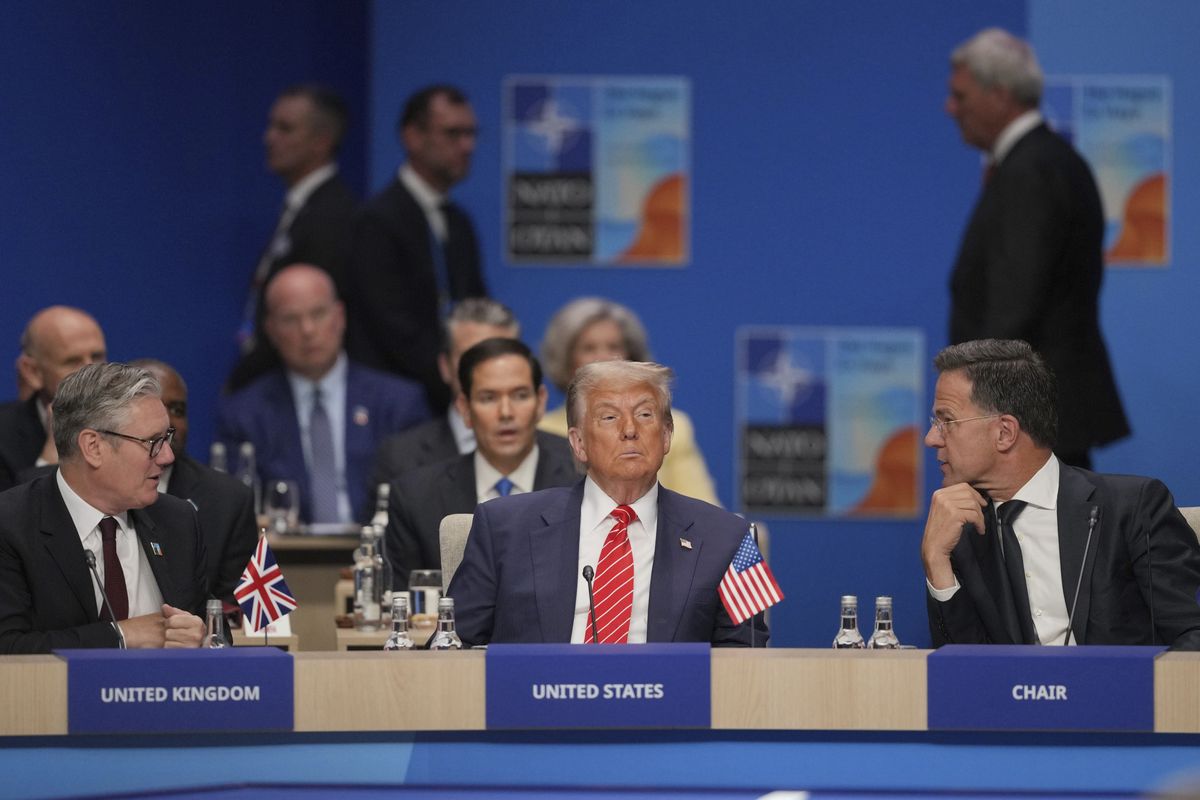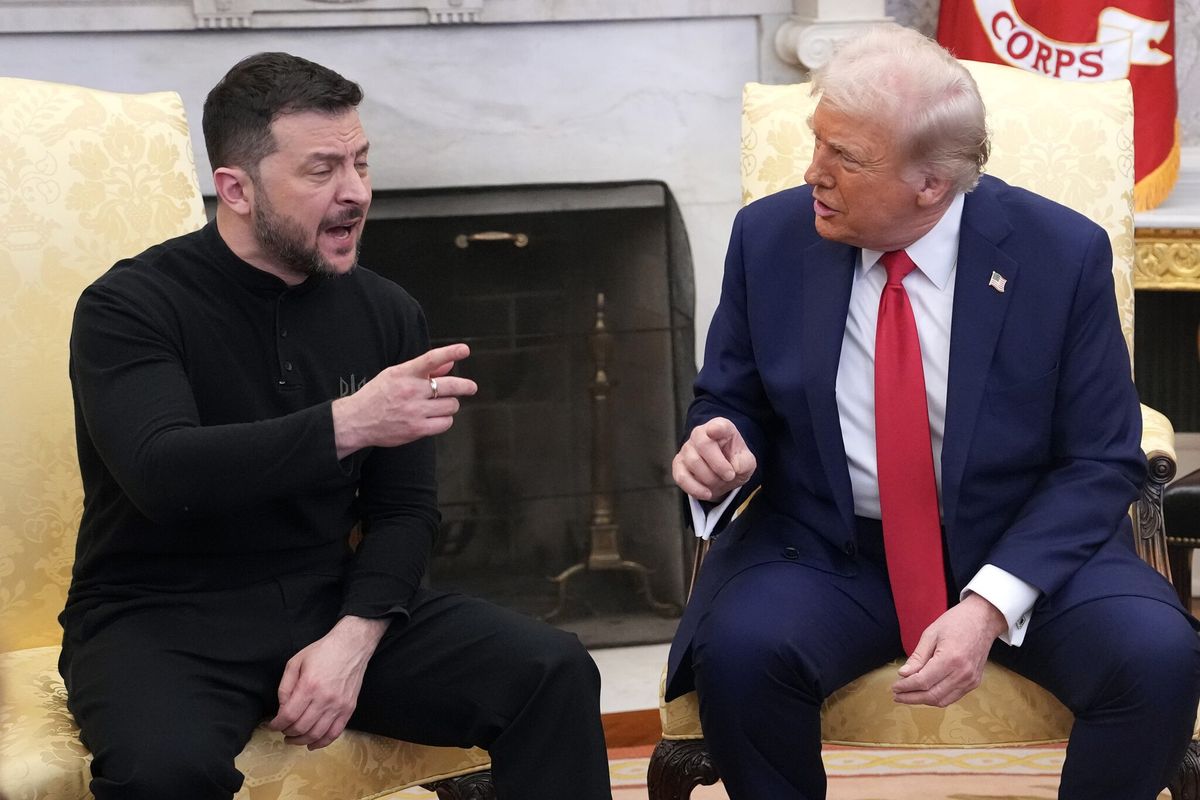OPINION — President Trump’s pre-election-day deployment of U.S. Army units on the southwest border may turn out to be more of a dangerous, long-term precedent than a short-term, political stunt.
Forget about the Posse Comitatus Act, which in the past, has been thought to protect civilians from the government’s use of the military to enforce federal, state and local laws.
Northern Command is claiming that legal authority for Trump’s action rests in part on “POTUS’ Inherent Authority exception [under] Article II and Article IV of the Constitution [to] Protect federal property, functions and personnel [and allow] military personnel to provide federal, state and local police with assistance that is necessary to protect CBP (Customs and Border Patrol) personnel so they can perform their federal functions.”
That’s according to an October 27, power point presentation on plans for carrying out ‘Operation Faithful Patriot’ by U.S. Army North’s Joint Force Land Component Commander’s Threat Working Group, that was disclosed last Saturday by Newsweek.
Further authority under post-9/11 legislation permits the military to provide “indirect/passive” support to civilian law enforcement agencies, such as transportation, advice, loan of equipment and facilities, according to the power point. No word on how much all of this will cost, but it’s estimated in the hundreds of millions of dollars.
More important, the law now permits agreement between the Secretary of Homeland Security and the Secretary of Defense for the detailing of service members to Homeland Security who may then perform “direct/active” support, i.e. searches, seizures and arrests, according to the briefing. But that is just what posse comitatus was supposed to prevent.
Under the plans outlined, the Army is to supply “medium-lift, rotary-wing aircraft’ to support tactical airlift to CBP personnel, as well as strategic lift for up to 400 CBP forces. In addition, the Army will supply “a reserve force” to assist federal, state and local law enforcement in protecting federal functions, including crowd and traffic control.
The briefing adds, “DOD may be assigned responsibilities that result in direct contact with migrants and U.S. citizens (protesters).”
Undercutting Trump’s repeated claims that the migrant caravans represent a major invasion or danger to national security, the Army G2 intelligence briefing says that, “based on historic trends, it is assessed that only a small percentage of the migrants [7,000 at the time of the presentation] will likely reach the [U.S.] border.”
The briefing also notes that along with those from Central America, there were among the caravans, “Limited #s [numbers] of Bangladeshi, Haitian and African individuals.” The military intelligence portion did not mention any Middle Eastern persons, although Trump has claimed they were present.
The briefing did call attention to some 200 “unregulated armed militia members” that the Army says were operating on the Southwest border area “under the guise of civilian patrols.” It added that there were reported incidents of “unregulated militias stealing National Guard equipment during deployments.”
The pre-election timing of the Army deployment is worth further exploration, since it bolstered the central invasion threat theme that Trump has emphasized as voters go to the polls. The Army North projection put the first caravan arrival at the earliest port of border entry at Brownsville, Texas coming around November 13, although Army units were pictured putting up barbed wire as early as October 31—in time for pre-election photos.
Overall, the Army North briefing said the deployment which began October 30, will last through December 15.
Defense Secretary James Mattis insists that the deployment is not an election-driven, “stunt,” as some critics have claimed.
Whether it was or not could be the subject of a future House Armed Services investigation next year, should the Democrats gain a majority in that body.













